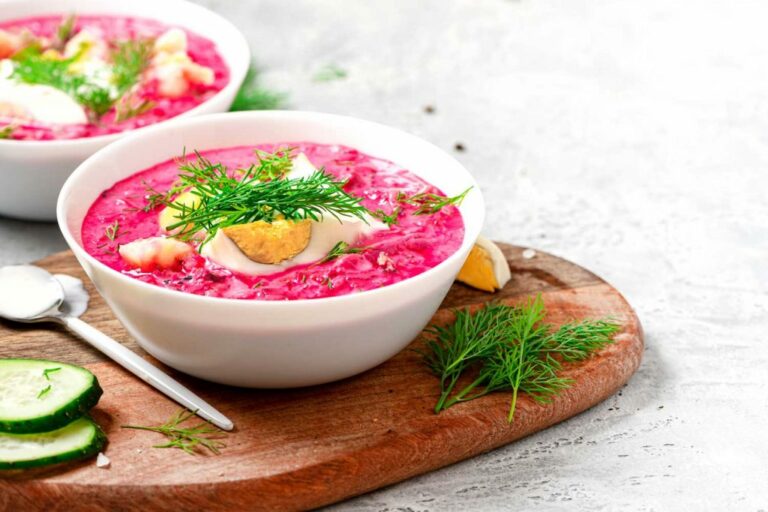Introduction: Latvian Cuisine
Latvian cuisine is a blend of indigenous ingredients and cooking styles with influences from neighbouring countries such as Germany, Russia, and Sweden. It is characterized by a rich and hearty cuisine that reflects the country’s agricultural heritage and the harsh northern climate.
Like many other cuisines, Latvian cooking has its own unique ingredients and flavors that make it stand out from others. In this article, we will explore some of the traditional ingredients, unique flavors, signature dishes, regional variations, and modern takes on Latvian cooking.
Traditional Latvian Ingredients
Latvian cooking is heavily reliant on locally sourced ingredients, which are often grown in the country’s fertile soils. Some of the staple ingredients used in traditional Latvian cooking include meat, fish, potatoes, onions, cabbage, carrots, and beets.
In addition to these ingredients, Latvian cuisine also features a wide variety of wild berries, mushrooms, and herbs that grow in the country’s forests and meadows. These include lingonberries, cranberries, blueberries, chanterelle mushrooms, and dill. These ingredients are often used to add depth and complexity to dishes and give Latvian cuisine its unique flavor profile.
Unique Flavors in Latvian Cooking
One of the most distinctive flavors in Latvian cooking is the use of caraway seeds. This spice is used in many traditional dishes, including rye bread, sauerkraut, and potato pancakes. It adds a slightly sweet and nutty flavor to dishes and is a key component of Latvian cuisine.
Another unique flavor in Latvian cooking is the use of smoked meats and fish. Smoking is a traditional method of preserving food in Latvia, and smoked meats and fish are a common ingredient in many dishes. They add a rich, smoky flavor to dishes and are often paired with sour cream or other dairy products to balance out the flavors.
Signature Dishes of Latvia
One of the most famous Latvian dishes is piragi, which are small, crescent-shaped pastries filled with bacon, onions, and carrots. They are a traditional snack that is often served with beer or other alcoholic beverages.
Another popular Latvian dish is grey peas and bacon, which is a hearty stew made with dried peas, potatoes, and bacon. It is a staple dish in many Latvian households and is often served with black bread.
Regional Variations in Latvian Cuisine
Latvian cuisine varies across the country, with different regions having their own unique dishes and flavor profiles. For example, in the coastal regions, fish dishes are more common, while in the inland regions, meat dishes are more prevalent.
The eastern part of Latvia is heavily influenced by Russian cuisine, with dishes such as pelmeni (dumplings) and blinis (pancakes) being popular. In the western part of Latvia, German cuisine has had a significant impact, with dishes such as sauerkraut and sausages being commonly eaten.
Modern Takes on Latvian Cooking
In recent years, there has been a resurgence of interest in Latvian cuisine, with chefs and home cooks alike experimenting with traditional ingredients and techniques to create new and innovative dishes.
One example of this is the use of modern cooking techniques, such as sous vide and molecular gastronomy, to create new and exciting dishes that still pay homage to traditional Latvian cuisine. Another trend is the use of locally sourced and seasonal ingredients to create dishes that are fresh, flavorful, and sustainable.
In conclusion, Latvian cuisine is a rich and hearty cuisine that reflects the country’s agricultural heritage and northern climate. With its unique ingredients and flavors, signature dishes, regional variations, and modern takes, Latvian cuisine is a true culinary delight that is sure to satisfy even the most discerning palate.

